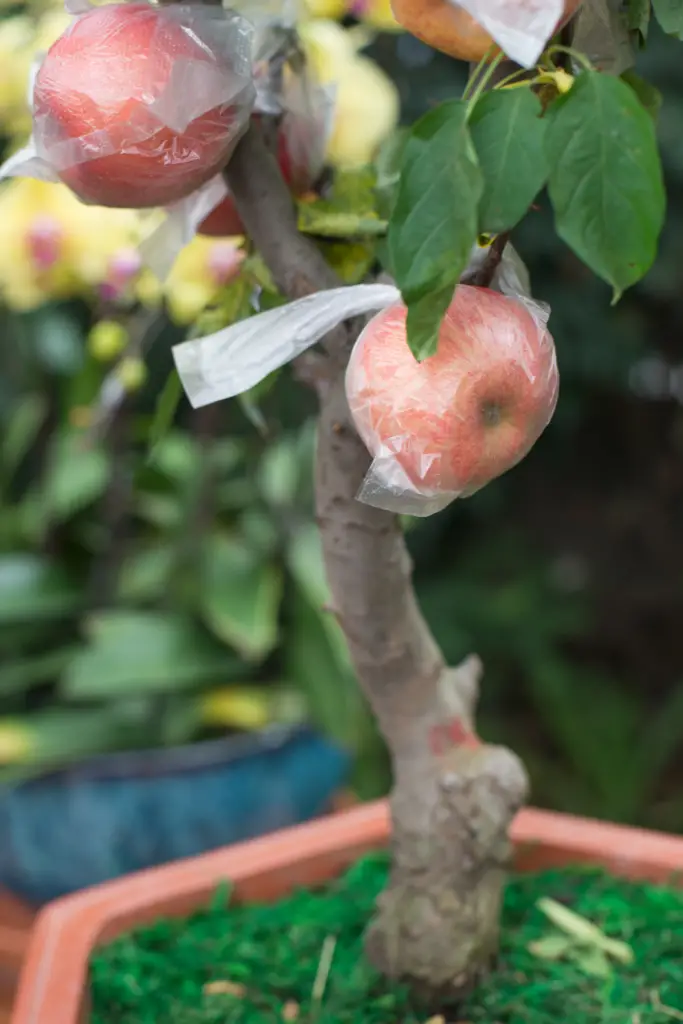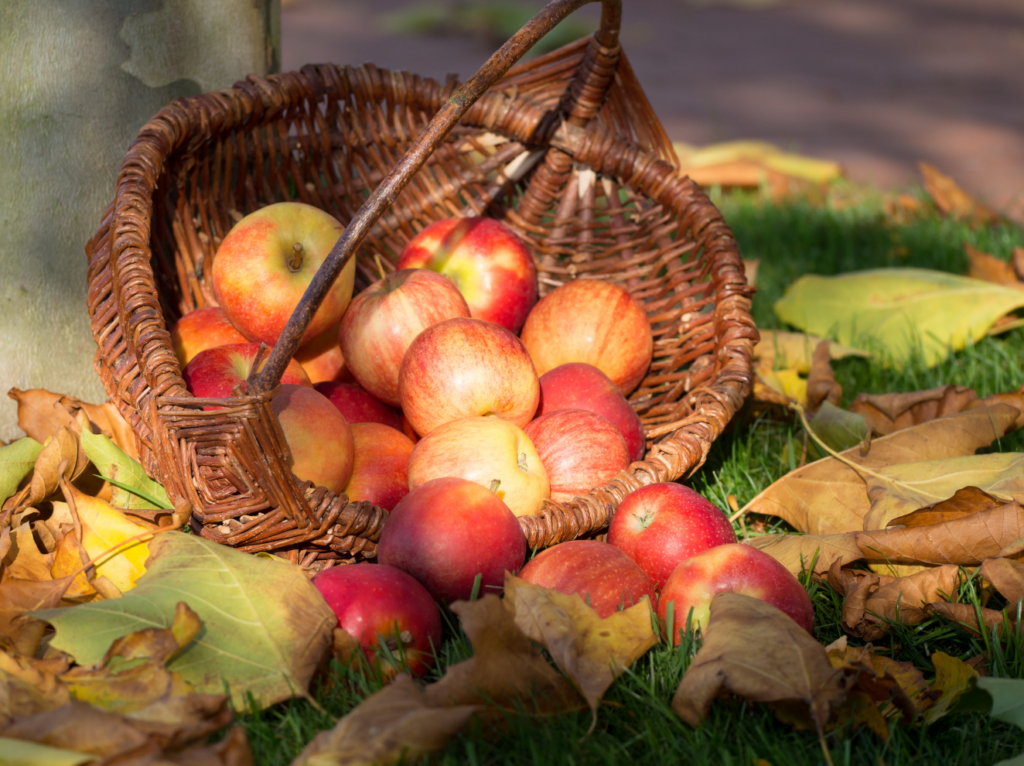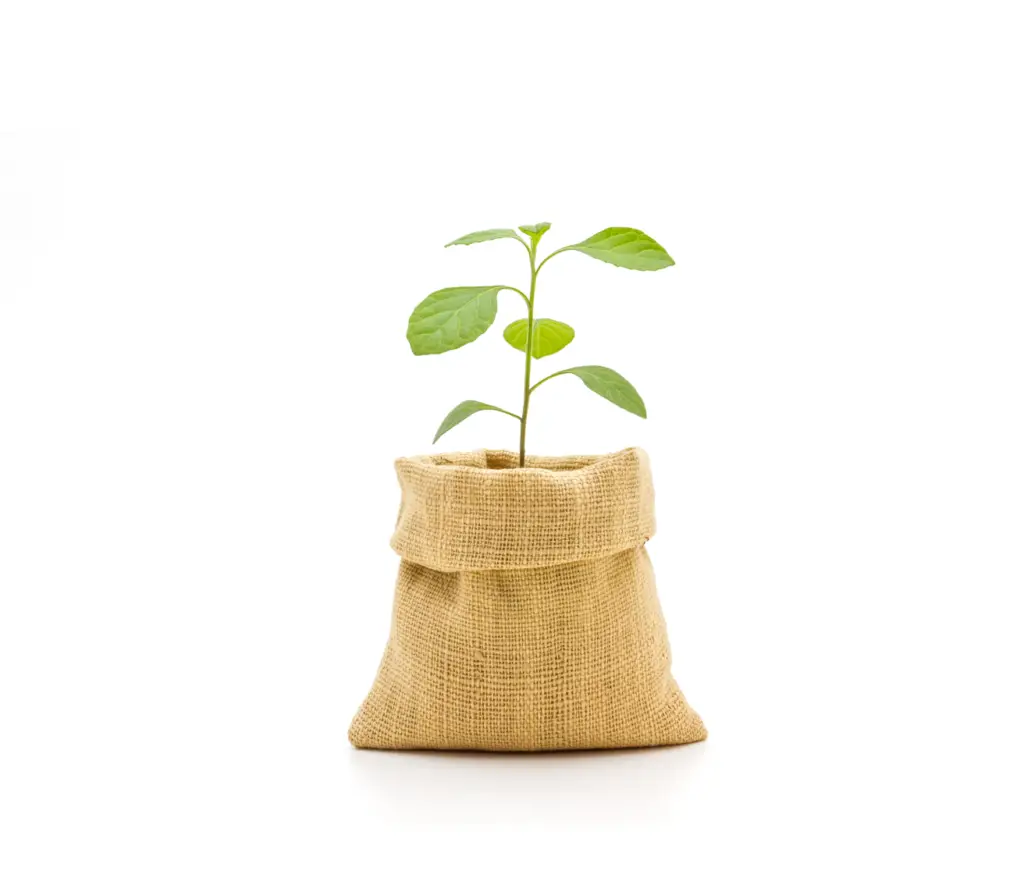Apples are one of the most popular and widely consumed fruits worldwide, known for their crisp texture, juiciness, and various health benefits. While traditionally grown outdoors in orchards, it is now possible to grow apples indoors, even in limited spaces. Indoor apple cultivation allows enthusiasts to enjoy the satisfaction of homegrown fruit, regardless of the climate or availability of a garden. In this article, we will explore the key steps and considerations for successfully growing apples indoors.


Table of Contents
Selecting the Right Apple Varieties
When growing apples indoors, it is crucial to choose apple varieties that are well-suited for container cultivation. Some dwarf or semi-dwarf apple tree varieties are particularly suitable for indoor growing due to their compact size and adaptability to limited spaces. Popular indoor apple varieties include ‘Pixie Crunch,’ ‘Braeburn,’ ‘Golden Delicious,’ and ‘Granny Smith.’ Research the specific needs and characteristics of each variety to find the best fit for your indoor garden.
Choosing the Right Containers
Selecting the appropriate containers is essential for indoor apple cultivation. Choose pots or containers with sufficient drainage holes to prevent waterlogging. Opt for containers that are at least 20 inches (50 centimetres) deep and 20 inches (50 centimetres) in diameter to accommodate the root system and provide stability. Containers made of breathable materials such as terracotta or fabric bags promote healthy root development and aeration.


Providing Adequate Lighting
Indoor apple trees require a minimum of six hours of direct sunlight per day to thrive. Place your trees near a south-facing window or invest in full-spectrum grow lights to provide the necessary light spectrum for photosynthesis. Position the lights at an appropriate distance to prevent heat damage to the plants. Regularly monitor the light levels and adjust accordingly to ensure optimal growth.
Creating the Ideal Growing Environment
Temperature and humidity are crucial factors when growing apples indoors. Most apple varieties thrive in temperatures ranging from 60°F to 75°F (15°C to 24°C). Maintain consistent temperatures within this range and avoid exposing the trees to extreme temperature fluctuations. Indoor environments tend to be dry, so consider using a humidifier or misting the leaves to maintain adequate humidity levels.
Soil and Fertilisation
Choose a high-quality, well-draining potting mix that is rich in organic matter. Apples prefer slightly acidic soil with a pH range of 6.0 to 6.5. Regularly monitor the soil moisture level and water the plants accordingly, ensuring the soil remains consistently moist but not waterlogged. Use a balanced, slow-release organic fertiliser to provide essential nutrients for healthy growth. Follow the manufacturer’s instructions for proper application and dosage.
Pollination
Apples are not self-pollinating, meaning they require cross-pollination to produce fruit. In an indoor setting, you can manually pollinate the apple blossoms using a small brush or cotton swab. Gently transfer pollen from one blossom to another, ensuring each blossom receives adequate pollen. Alternatively, you can introduce a second apple tree or use a technique called “hand-pollination” to ensure successful pollination.

Pruning and Training
Regular pruning is essential to maintain the size and shape of your indoor apple tree and to promote proper air circulation and light penetration. Prune during the dormant season (late winter or early spring) to remove dead or damaged branches and shape the tree. Training techniques such as espalier or trellising can be used to maximise space and create an attractive indoor apple tree.
Pests and Diseases
Although indoor apple trees are less susceptible to pests and diseases compared to outdoor counterparts, it is essential to monitor them regularly. Common pests include aphids, spider mites, and scale insects. Inspect the leaves and branches regularly and treat any infestations promptly. Proper ventilation and maintaining cleanliness around the plants can help prevent diseases such as powdery mildew or apple scab.
Harvesting and Storage
Harvest your apples when they are fully ripe, indicated by their colour, firmness, and ease of detachment from the tree. Twist or gently lift the apple upward to separate it from the branch. Store harvested apples in a cool, dark place with a temperature range of 32°F to 40°F (0°C to 4°C) to prolong their shelf life. Ensure proper ventilation to prevent moisture buildup and subsequent rotting.
Conclusion
Growing apples indoors is a rewarding and feasible endeavour, allowing you to enjoy the taste and freshness of homegrown apples, regardless of the limitations of space or climate. With the right apple varieties, containers, lighting, and care, you can successfully cultivate healthy apple trees indoors. Embrace the opportunity to experiment, learn, and savor the joy of nurturing your own indoor orchard.
